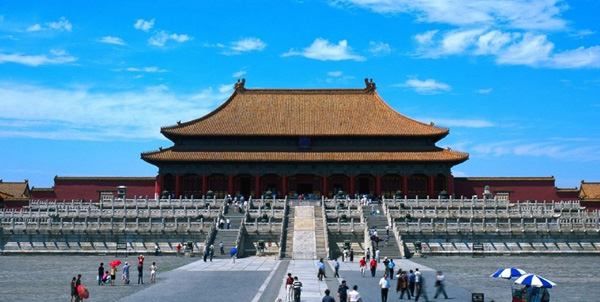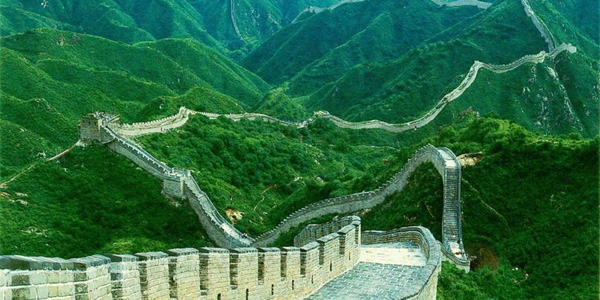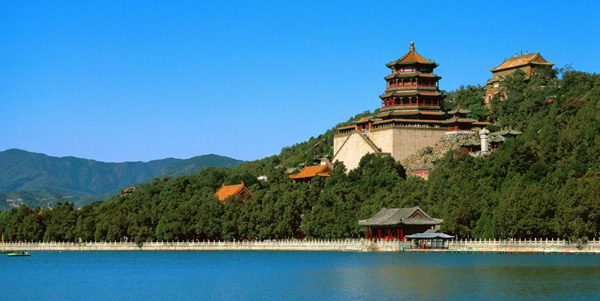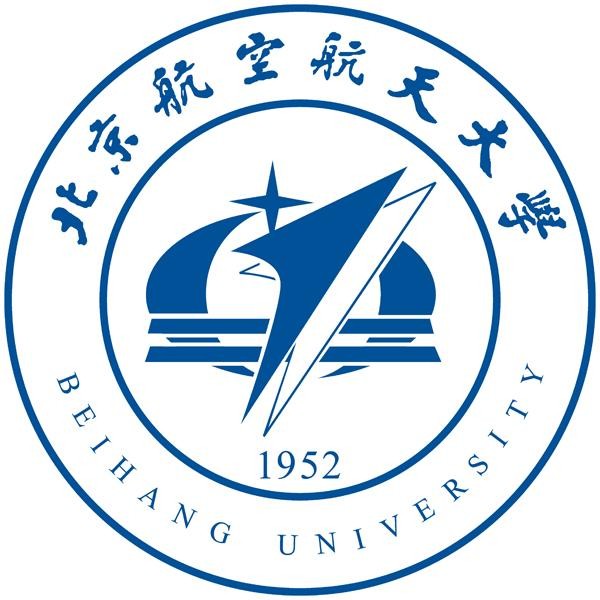Hotel Reservation
Fragrant Hills Hotel (four stars ): We have reserved a sufficient number (60) of rooms at the hotel for the participants during the workshop period. The fees of hotel reservation should be at the participants' own expenses and we have negotiated with the hotel for the maximum discount so we strongly recommend this hotel to you . Please fill in this form and send it to ssspr2018@buaa.edu.cn. Hotel assignment will be made on a first-come, first-served basis.
| Room Category | Reservation number | services | original price |
favourable price |
| Twin room | 50 | two beds, Two Breakfast | 980RMB/room/night | 480RMB/room/night |
| Deluxe Room | 10 | One bed, One Breakfast | 1680RMB/room/night | 750RMB/room/night |
Also, you can make reservations by yourself on Booking.com. We recommend you the following hotels.
◇Fragrant Hill Empark Hotel Beijing (five stars):700m to venue, click here to reserve on Booking.com
◇Beijing Fragrant Hill Holiday Business Hotel (four stars):1200m to venue, click here to reserve on Booking.com
Arrival Instructions
1. From Beijing Capital International Airport to Fragrant Hill Hotel 44km
◇By taxi: estimated 130 RMB (20 USD), 60 minutes.
◇By subway (6:00am—10:00pm): estimated 30 RMB (5 USD), 1 hour and 40 minutes, take airport express to Sanyuanqiao station, then transfer to subway line 10 to Bagou station and then take Western suburb line to Xiangshan station, and walk about 1000m to the venue. The following route map may be convenient for you to transfer subway stations.

2. From Beijing South Railway Station which mainly serves hi-speed trains to Fragrant Hill Hotel 34km
◇By taxi: estimated 120 RMB (20 USD), 50 minutes.
◇By subway (6:00am—10:00pm): 10 RMB (2USD), 1 hour and 20 minutes, take line 4 to Haidianhuangzhuang Station, then transfer to line 10 to Bagou Station, and then take Western suburb line to Xiangshan station, and walk about 1000m to the venue.
►The following Google map might be useful for your navigation.
►The following mini cards might be useful when encountering problems with taxi drivers in language exchanges.

The Weather Forecast
Click hereMajor Sightseeing Attractions in Beijing
The Forbidden City (Palace Museum) (故宫)The Palace Museum was commissioned by the third Emperor of the Ming Dynasty, Emperor Yong Le. The palace was built between 1406 and 1420, but was burnt down, rebuilt, sacked and renovated countless times, so most of the architecture you can see today dates from the 1700's and on wards. The Forbidden City was the seat of Imperial power for 500 years, and is now a major tourist attraction in China. The total area of the complex is 183 acres, so it takes quite a while to walk through, especially if you want to have a close look at everything. All together there are 9,999 1/2 rooms in the Museum, not all of which can be visited.
The Great Wall (长城)The Great Wall at Badaling is located in Yanqing County, which is about 60 kilometers northwest of Beijing. It is widely known as the most representative section of the "Great Wall" from the Ming Dynasty. Well laid out with huge uniform bricks, the wall was built on the ridges of the mountains. Various beacon towers were erected at strategic points along the wall. Badaling is a place of strategic importance and its wall is both tall and sturdy. With its many beacon towers, the wall looks magnificent and best epitomizes the magnificence of traditional Chinese architecture.
The Summer Palace(颐和园)The history of Summer Palace extends as far back as 800 years. In 115 B.C, when the Jin Dynasty made Beijing--then called Yanjing-- its capital, it built an imperial palace that was then referred to as the Golden Hill Palace. The structure still remains on the present site of what residents and tourists both recognize as the Summer Palace of Beijing. In 1750, Emperor Qianlong paid 4.48 million taels of silver, an equivalent of 140,000 kilograms, to invest in building the Garden of Clear Ripples. After a period of fifteen years, however, Emperor Qianlong made a decision to change the name of the hill to Longevity Hill in order to celebrate his mother's birthday. He also named the nearby lake, Lake Kunming , because he wanted to follow the example of former Emperor Wudi of the Han Dynasty 156BC-87BC, who reigned from 140B.C to 87B.C. In these times, he also trained his army in the present day area of Xidan on the grounds of what many historians and tourists now know as Kunming Pool, 206BC-AD220.
More Scenic spots can be found here






